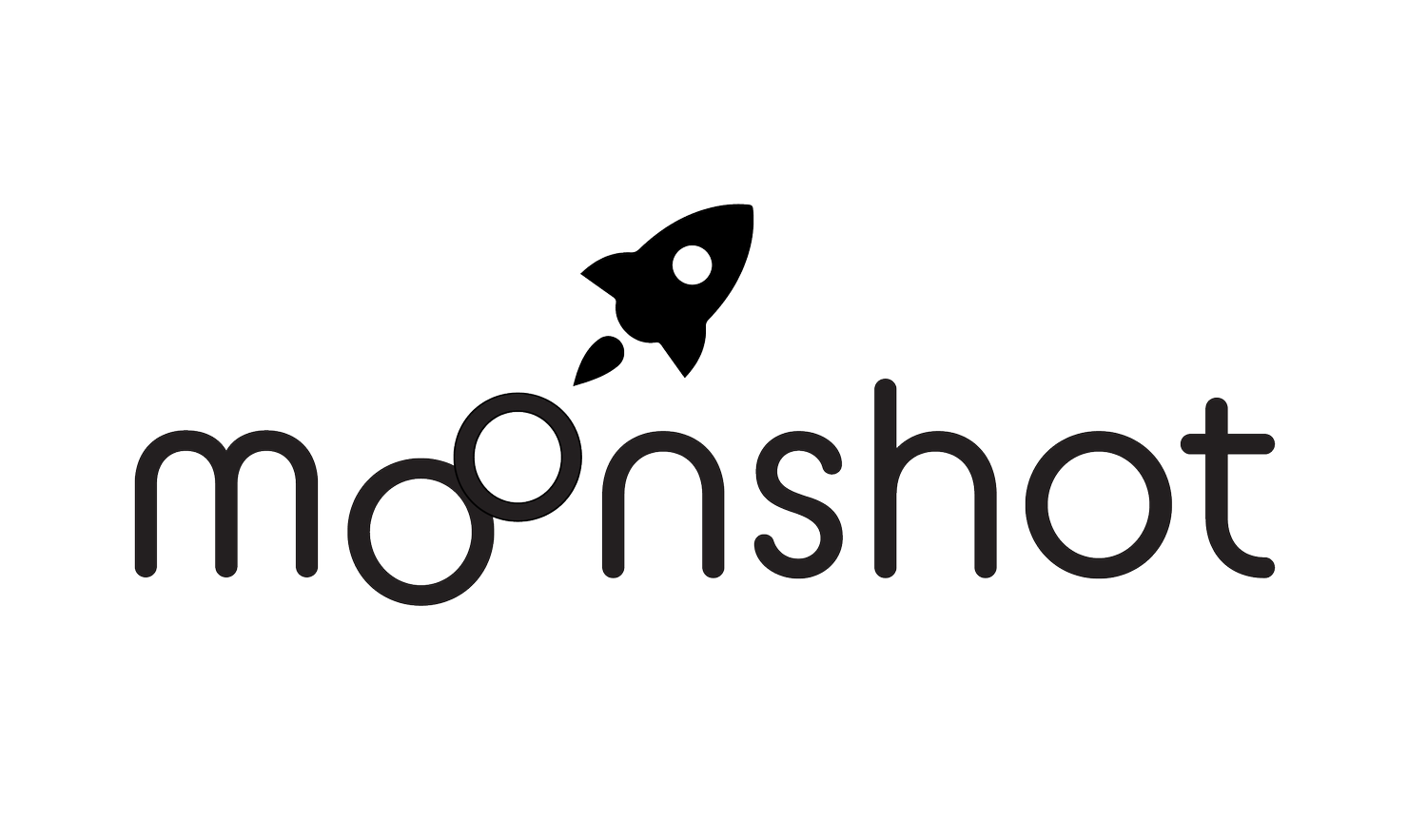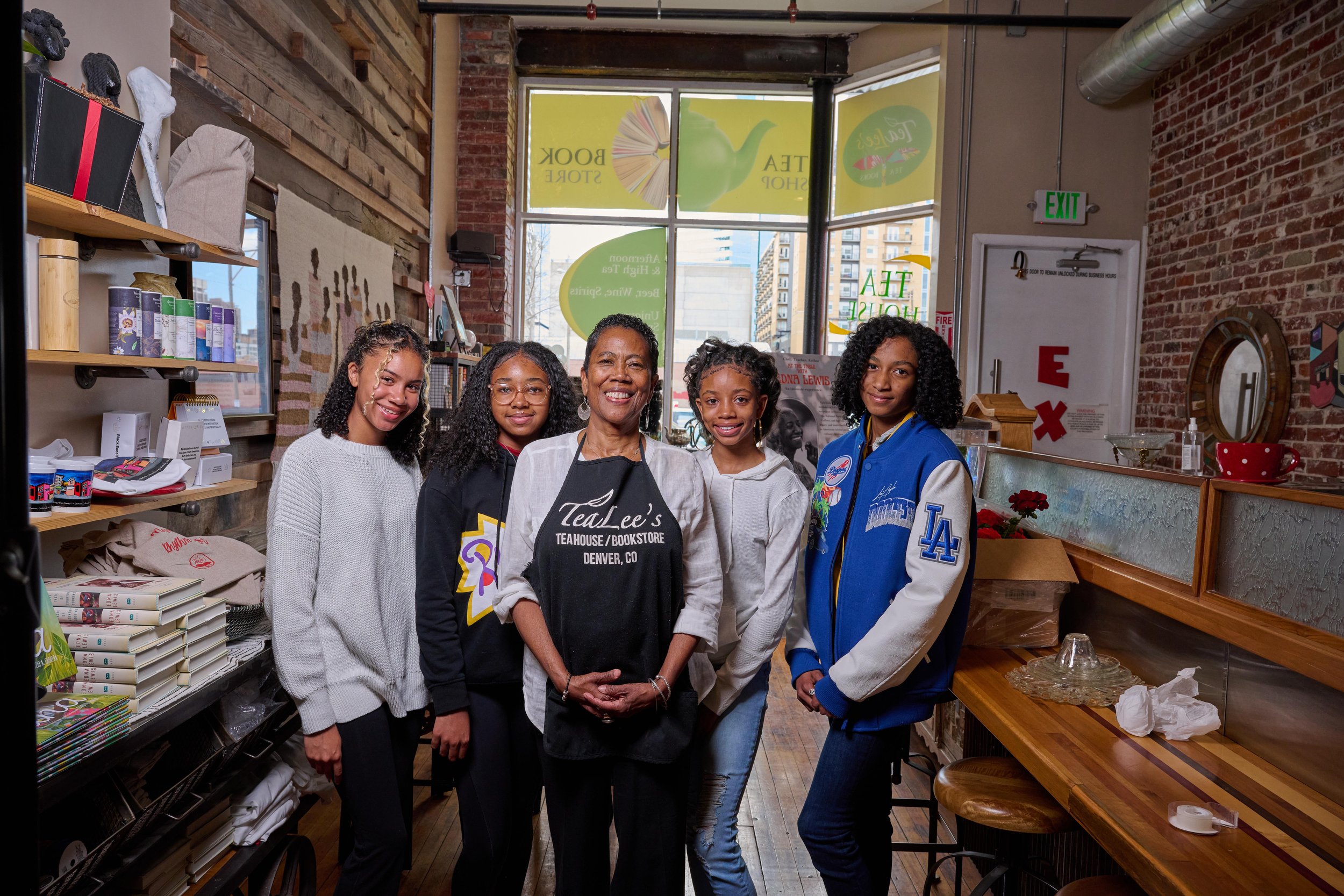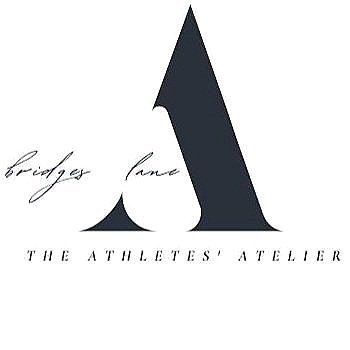Building an Enriching Program for College-Aspiring Black Student-Athletes
In our Fellowship Series, we feature stories and work from Moonshot Fellows. The Moonshot Fellowship allows individuals to explore designing and launching a new learning environment, such as a new school or program.
In the post below, Beau Houston (Moonshot Fellow, Cohort 6) reflects on her experience in the Cultivate stage of the Fellowship. In this stage, Moonshot Fellows go through a “boot camp” of content in January focused on budgeting, recruitment, program evaluation, and people leadership, and they work to pilot their ideas via two rounds of full-day pilots with the community they aim to serve. Each Fellow has an opportunity to lead and manage other Fellows, and plan the necessary logistics needed to execute one round of pilots. Through their Pilots, Fellows test their most risky assumptions for their venture model, try their hand at operations and people management, and engage students and families in the launch of their ventures.
Dr. Beau Houston, founder of The Athletes’ Atelier, Reflects on Her Pilot in the Moonshot Fellowship
The Athletes’ Atelier is a regional enrichment program founded to explore diversity, equity, and health in teen sports and designs support for marginalized student-athletes to develop creative, leadership, and movement abilities.
My Why
Black female-identifying students made up only 2.22% (19,623) of Colorado Students in grades PK-12 during the 22-23 school year (CDE Pupil Membership Data, 2023). With numbers like this, I believe it is critical to create significant opportunities for BIPOC students to connect and be reminded of belonging with peers so that they can make sense of their experiences inside and outside of this space.
I know it’s important because I’ve experienced that myself. I went to the University of Alabama for my undergrad and my master’s. While competing for the Crimson Tide, I excelled as a two-time team captain, capturing two NCAA All-American accolades and two SEC Championship titles and setting multiple school records during my tenure. Through this experience and my related research curiosities, I've recognized that college aspiring Black student-athletes and their families are seeking exclusive enrichment programs that provide mentorship and community, but there aren’t many options.
Founding The Athletes’ Atelier
After some early pilot programming, I found that Black student-athletes wanted to work in a cohort model through project-based learning methods to solve unique problems they face in education and sports settings. I reflected on what would make a meaningful experience, and one standout goal was to bring students together to create the artifacts that would hold true for the shared spaces and events.
I believe that by using an apprenticeship model to create pop-up events that center on the experiences of vulnerable student-athletes, we can build a dynamic community that encourages a sense of belonging, communication, and collaboration, all while building important 21st-century skills.
Sharing Excellence and Growing Together
I have experience facilitating workshops, though I wanted to keep evolving the Atelier network. I came up with the concept of an Atelerista -- a community practitioner who I could support by training with The Athletes’ Atelier Instructional Framework and bringing them in for events. Ateleristas participate in an innovative learning community, supervising students and assessing their learning results by focusing on knowledge transfer (expert) and the support of the learning process (coach). Together, we establish starting points for the learners to explore the process of appreciating critical and impactful moments and solving complex problems.
“The most impactful thing I heard today was personal descriptions of dealing with racial identity.”
These experts are what makes The Athletes’ Atelier unique. They represent excellence in their work and create safe spaces for exploration. Exploration is critical for growth! Sometimes in athletics, we learn how to follow instructions; some people say execute. There is indeed space for this. However, I believe athletes, the young people they are, deserve space to simply explore.
We had two Ateleristas for the Pilots. First, Zsa’Nee Gaines, a phenomenal photographer who has inspired me as an entrepreneur and community contributor. She worked to create our branding images and captured our pillars through portraits representing self-love, visibility, forced and adopted resilience, and power. Then, Shalelia Dillard with SCD Enrichment served as our Atelerista with Gifted and Talented Education expertise. She helped to build out our theory of learning to include our instructional frameworks and mini-workshops for capturing the aesthetics and activities that bring recovery and restoration according to the students.
Two Pilots, Three Inspiring Lessons
PILOT 1: The Listening Party
The first pilot was two hours long and called The Listening Party. We played 8 videos or tracks, all connected to themes related to experiences of being, each followed by ten minutes of discussion. Discussions were encouraged amongst the separated teams and used to influence how each theme was prioritized. For some, a new sound was introduced, and for others, an opportunity to reflect on familiar words in a new way.
We shared “People” by Libianca, a Cameroonian-American Afrobeats artist, as an introduction to a discussion on visibility. The singer explained that the song was written at a time of feeling "unheard and UNSEEN." Students conversed passionately on what it means to be visible and the relationship it has to power, especially in school.
Another theme was guided by “Self-Love” by Jayson Lyric featuring Nevaeh. The Dallas rapper said, "this record is about learning to appreciate yourself physically, emotionally, and spiritually" a sentiment confirmed by the students and prioritized among all others.
PILOT 2: Name, Image, and Righteousness
The second pilot was titled Name, Image, and Righteousness. Name, Image, and Likeness (NIL) is the term the National Collegiate Athletic Association (NCAA) uses to refer to a student-athlete and the identifiable factors that make the individual unique and allows student-athletes to use their name, image, and likeness to earn money.
Our take on this concept is to elevate the experiences of young Black women as inherently unique and valuable. Students participated in an onsite photoshoot at Denver’s Five Points TeaLee’s Teahouse & Bookstore and the Denver Performing Arts Complex, emphasizing The Listening Party's themes (self-love, adopted & forced resilience, visibility, and power).
Score!
We attracted students from Colorado Springs and one returning from Boulder. This let me know that there was a need, and there are families that are willing to commit to things and people they believe in for their children.
I had various metrics of success, hoping to receive an average of at least 4 (5 pt Likert scale with 10 items) on 80% of respondents' reviews, which we did!
There was also some thoughtful and lovely qualitative feedback as well from students:
“The most impactful thing I heard today was personal descriptions of dealing with racial identity.”
“What I learned is that the various viewpoints of student-athletes often culminate in dealing with emotions outside of sports.”
“I understood why we were all invited to be here, and that felt special.”
What I Learned
#1: Everything means something! As a leader, I’ve known this to be true for a while, but when you are running your own program with the expectation that the ripples of the movement within it will reach way beyond what you can imagine, you notice every detail and become steadfast on your expectations for serving your tribe.
#2: Listen to the students; they’ll tell you exactly what they need. I learned how the Exceptional Student Sabbatical initiative I’m working on is not just a nice-to-have but a necessary feature to offer a reprieve from life’s environments. In working to design the features of the Exceptional Student Sabbatical, students voted on a wide variety of experiences they would like to have. I appreciated hearing about their interest in outdoor elements like ice skating, camping, and outdoor dining experience.
#3: Don’t be afraid to rethink structure. The offerings of the Atelier have changed drastically over the last year. On my own, I identified some common needs and planned a long program around them. However, by listening to the voices of my student-athletes, I learned that while those needs are common, they are not complete. The Athletes' Atelier you see today is the result of me getting small so that the contemporary voice of the student could fill the room. For example, I changed the design of the program, reducing the number of weeks required to complete the apprenticeship to help students maintain the self-care elements we expect while also honoring the commitment to athletic practices and competitions we have grown accustomed to.
What’s Next & Getting Connected
Over the Fall 2023 semester, we will work with partners to conduct landscape, policy, and best practice research related to mental health strategies for our specific student population, a request they made early on in this piloting process. Concurrently, we expect to design our apprenticeship model for approval by the state apprenticeship office. Lastly, we will launch Bridges Lane Athletics in October to provide athletic training in sprint and hurdle disciplines.
Our expectation by the conclusion of the year is to build momentum around our mission and connect with the people and places where student-athletes should realize their greatest potential.
Anyone that is interested in learning more can visit our website at www.athletesatelier.org or send an email to create@athletesatelier.org.






